For pilots, just going for a sightseeing flight along the California coast in Airship Ventures’ new Zeppelin NT is nice enough — but wouldn’t it be even better if you could take a turn flying it, and learn about how all the systems work? Pilots kept asking for a chance to sit in the cockpit, says Airship Ventures’ spokeswoman Elaine Jumes, but they couldn’t allow that while other passengers were on board. So, as AVweb reported last month the company now offers a special day of flying just for pilots, when each one gets a chance not only to maneuver the ship in flight but also to shoot a couple of touch-and-goes. The day-long course starts with a four-hour ground school where experienced pilots explain all the unique systems that make the airship fly, from ballonets to control the pressure inside the gas bag to the three swiveling engines that provide propulsion and control. The airship, which was built at the Zeppelin factory in Germany, has an inner structure built of carbon fiber, fly-by-wire flight systems, and a full electronic panel with sidestick controllers — and no rudder pedals. Last Friday, Airship Ventures invited AVweb along for the pilot experience.
The pilot course is offered at both Airship Ventures sites, in San Francisco and Los Angeles, and costs $2,950. Each participant must have at least a private pilot certificate and a current FAA medical certificate. The next date is not yet scheduled, but contact them now and they will put you on the list. Meanwhile, Airship Ventures continues to offer sightseeing flights to the general public — they are the only airship outfit in the U.S. that does. They will be back at their home base at Moffett Field near San Francisco later this week, and plan to do more traveling to various sites in the western U.S. in 2010.
Watch for a video of our Zeppelin adventure, coming your way soon.
CLICK FOR LARGER INDIVIDUAL IMAGES
EACH IMAGE WILL OPEN IN A NEW WINDOW |
|
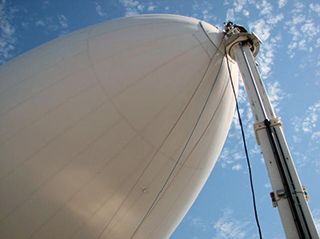 | Airship Ventures recently flew its Zeppelin NT from its home base at Moffatt Field, near San Francisco, to Long Beach Airport in southern California, near Los Angeles. Two heavy mast trucks travel with the airship everywhere it goes, to provide a secure mooring site. |
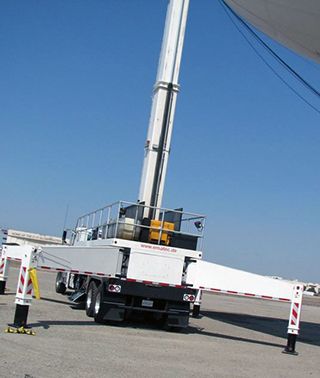 | Outriggers ensure stability. The mooring system can keep the ship safe in winds up to 50 knots. |
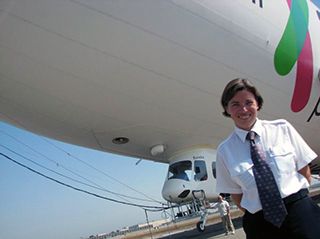 | Airship captain Katharine Board, a U.K. native, brings two decades of flight experience to the job. |
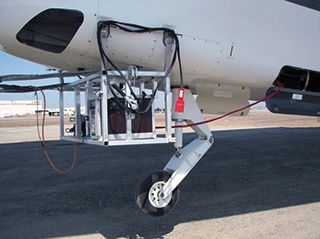 | The ship requires round-the-clock monitoring while on the ground, to adjust ballast during changing temperature conditions and monitor the winds. This ground-power unit provides juice for those operations. |
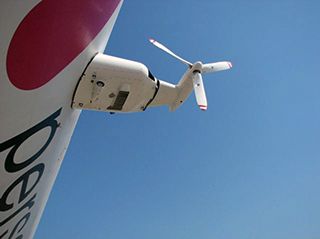 | Two lateral engines, one on each side of the Zeppelin, provide thrust for propulsion and also can be tilted for directional control. Take-offs and landings are virtually vertical, driven by the swiveled props. The engines are standard off-the-shelf Lycoming IO-360s. |
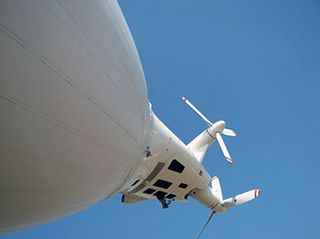 | The aft engine is the real secret to the ship’s unique maneuverability, says chief pilot Fritz Guenther. The two propellers are driven by a single motor. One prop is fixed, to provide lateral thrust similar to a helicopter tail rotor, and the other prop can rotate 120 degrees to assist with directional control. |
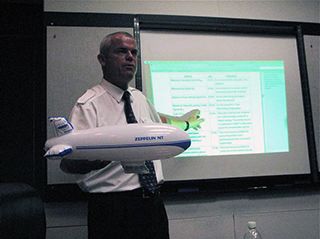 | After the initial walk-around of the ship, the class returns to the FBO for an intensive ground school. Guenther and Board explain in detail all the ship’s operations, weight and balance calculations, and controls. Every flight requires constant attention to weather changes, fuel flow, ground-crew considerations, and more. Each student receives a copy of the Zeppelin NT POH. |
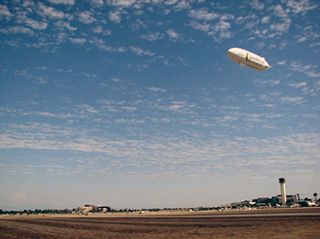 | The class arrives at the airfield in time to see the ship return to Long Beach Airport from a sightseeing flight. |
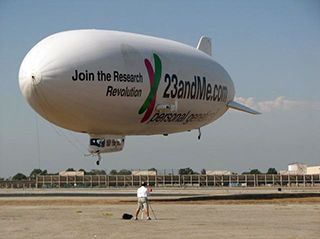 | The company derives most of its revenue from sightseeing flights and advertising. The airship can also be used as an aerial filming platform. Guenther flew an airship in Africa’s Kalahari Desert for a mining company, to help scout out the best spots to search for diamonds. The Zeppelin can also be used for scientific research missions, and payloads can be offloaded from aloft via hatches in the cabin floor. |
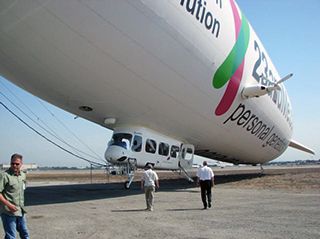 | With passengers offloaded, the pilot class is ready to board. |
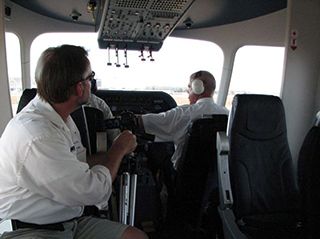 | Guenther directs class participant John Fenoglio, of San Diego, during the liftoff, as Kitplanes editor Marc Cook shoots video. |
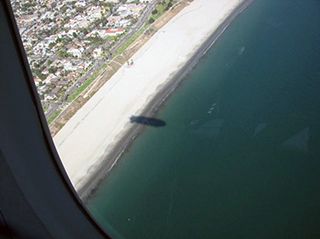 | We head to a practice area just offshore to take turns practicing turns, climbs and descents. Most pilots tend to over-control – the big airship responds more like a boat than an airplane – and the lack of rudder pedals is disconcerting. The slow speeds and steep angles can seem awkward – the airship is comfortable in attitudes that in an airplane would be on the ragged edge of a stall. But each pilot quickly gets the hang of it, more or less, and the sensation of controlling such a giant ship just 1,000 feet above the sea is incredible. |
 | Several windows in the cabin open up, and pax are encouraged to stick their heads out into the slipstream for a unique vantage point. |
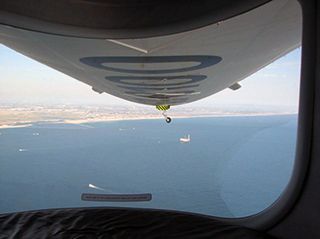 | A comfortable window seat at the rear of the cabin creates the illusion of floating in a bubble above the sea. |
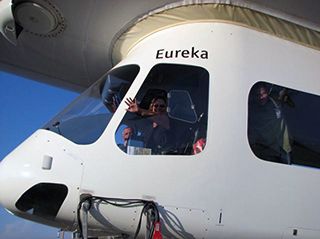 | On returning to the airport, each student gets a chance to try two touch-and-goes, a complex procedure that requires manipulating the sidestick, the thrust levers, plus “swivelers” to control the prop positions. The vertical descent is more like flying a helicopter than a standard lighter-than-aircraft such as a balloon. After full stop, each pilot gets a chance to wave to the cameras in the time-honored style of a DC-3 pilot – or an airship captain. |
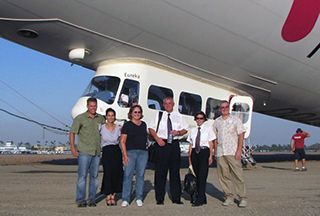 | A class photo is part of every experience. Friday’s class comprised Kirk Vinings, of Laguna Hills, Calif.; Elaine Jumes of Airship Ventures; AVweb editor Mary Grady; pilots Guenther and Board, and John Fenoglio, of San Diego. |


















































